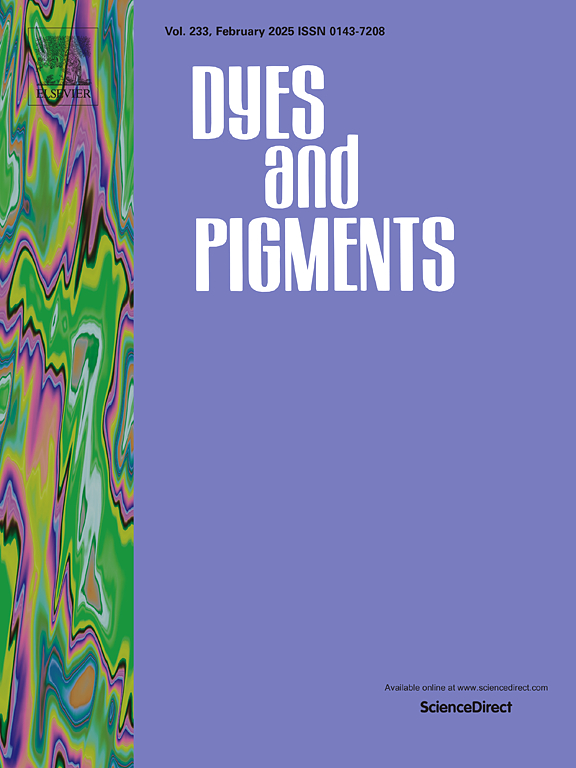Exploring the potential of silicon-containing binders in pigment-based inkjet inks for hydrophilic substrate applications
IF 4.1
3区 工程技术
Q2 CHEMISTRY, APPLIED
引用次数: 0
Abstract
We synthesized two types of silicon-containing binders for pigment-based inkjet inks for printing on hydrophilic substrates. The two types of silicon-containing binder molecules, with either linear or cage structures, were synthesized in solution. These binders were then formulated with organic pigment mill-bases to produce the water-based inkjet inks. We measured the physical and rheological properties of the prepared inks and found that it demonstrated better performance compared to traditional polymer emulsion binders on hydrophilic substrate such as glass via tests for scratch resistance, adhesion, and long-term stability. Ink jetting stability tests revealed that the prepared silicon-containing binder inks formed uniform droplets without satellite droplets. The dot pattern printing tests on silicon wafers showed that the dots were evenly shaped, sized, and spaced. This study confirmed that using the silicon-containing binder inkjet inks not only provides excellent durability on hydrophilic surface but also shows sufficient potential for inkjet printing applications.

求助全文
约1分钟内获得全文
求助全文
来源期刊

Dyes and Pigments
工程技术-材料科学:纺织
CiteScore
8.20
自引率
13.30%
发文量
933
审稿时长
33 days
期刊介绍:
Dyes and Pigments covers the scientific and technical aspects of the chemistry and physics of dyes, pigments and their intermediates. Emphasis is placed on the properties of the colouring matters themselves rather than on their applications or the system in which they may be applied.
Thus the journal accepts research and review papers on the synthesis of dyes, pigments and intermediates, their physical or chemical properties, e.g. spectroscopic, surface, solution or solid state characteristics, the physical aspects of their preparation, e.g. precipitation, nucleation and growth, crystal formation, liquid crystalline characteristics, their photochemical, ecological or biological properties and the relationship between colour and chemical constitution. However, papers are considered which deal with the more fundamental aspects of colourant application and of the interactions of colourants with substrates or media.
The journal will interest a wide variety of workers in a range of disciplines whose work involves dyes, pigments and their intermediates, and provides a platform for investigators with common interests but diverse fields of activity such as cosmetics, reprographics, dye and pigment synthesis, medical research, polymers, etc.
 求助内容:
求助内容: 应助结果提醒方式:
应助结果提醒方式:


